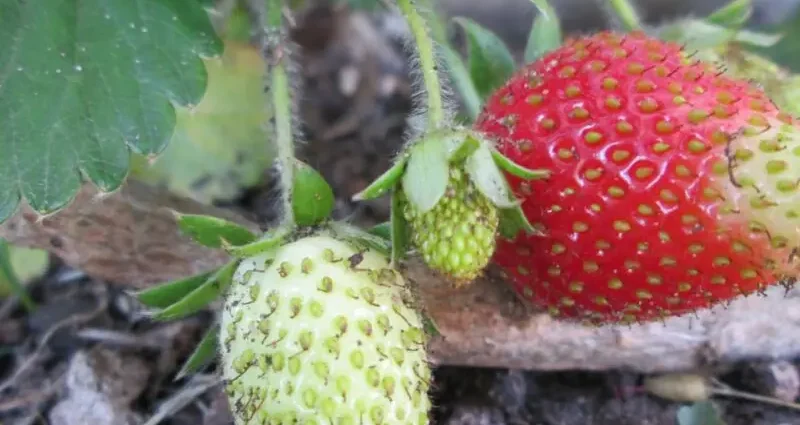Contents
Why relocate strawberries and what to plant in the garden after it
It turns out that you cannot grow a berry in the same place for more than three years.
“No more greenhouses and gardens,” my mother once said. – Outside the city, you need to rest, and not hunchback in the garden. And yet I planted several strawberry bushes on the site. Only over the years did the strawberries become smaller and sourier.
It turned out that strawberry bushes have been growing all this time in the same place where they were planted 15 years ago. Mom, a retired chemistry teacher, ignored the rule of crop rotation: plants in the garden must be rotated to increase the fertility of the land and prevent the development of diseases.
“Strawberry bushes take all the nutrients from the soil. In just a few years, the plant is capable of completely depleting the earth. In order to get a large and high-quality harvest and at the same time not bring to diseases and the appearance of pests, strawberries need to be grown in one place for no more than 3-4 years, and even better – 2-3 years. At the same time, the soil should be chosen light, air-permeable ”.
The ideal is to give the earth time to rest. For example, arrange a so-called steam field. Having treated the soil from weeds, you need to fertilize it properly and do not plant anything during the season. This time is enough for the humus to mineralize, and the nutrients have acquired a form available for assimilation by plants. But it takes a lot of time and effort.
Another way is to sow strawberry beds with siderates: mustard, alfalfa, rapeseed, rye, oats. This must be done in the spring, and at the end of June the seedlings should be plowed. Thus, the soil will be saturated with nitrogen and organic matter. And you will save both time and money that would be spent on fertilizing the soil.
However, not everyone can allow precious pieces of land to stand idle. In such cases, crop rotation technology will help. It will help prevent the development of root rot and reduce the number of pests. You need to divide your plantation into 6-7 crop rotation fields in order to return to each field every 3-4 years, replanting perennials.
Each year, you need to add fresh field and uproot three- or four-year plantings. You need to use only high-quality, healthy seedlings. This technique will ensure the presence of uneven-aged plants and uninterrupted berry growth.
What to plant in the garden after strawberries
Flowers… For example, marigolds can neutralize parasites such as nematodes. You can break a whole flower garden with tulips, peonies or garden violets.
Garlic… The plant is able to disinfect the soil, kill bacteria and fungal spores. But do not count on a rich harvest if strawberries have been grown in this place for more than 5 years and have managed to pretty much deplete the land.
Legumes… They do not need nitrogen, which strawberries managed to absorb from the soil. At the same time, legumes themselves are able to saturate the soil with nitrogen due to special bacteria that hide in the root system of plants.
Carrot. She does not suffer from the same diseases as strawberries. And the pests dangerous for the berries are not afraid of her either. And carrots are able to assimilate nitrogen from the air.
Celery or parsleyplanted in the aisles of strawberry beds will help scare away slugs.
Cucumbers, melons, zucchini and other melons. However, the land will have to be pre-cultivated and fertilized. In addition, after cucumbers or zucchini in the ground, you can find unpleasant “surprises” in the form of gray rot or slugs. If you are not ready for serious field work, it is better to refuse such plantings in place of strawberry beds.
What can not be planted
I do not recommend using strawberry beds for planting potatoes, tomatoes, raspberry bushes. All these crops have diseases and pests in common with strawberries. And the weakened soil will not allow you to harvest a good harvest. Cabbage, onions, hawthorn, rose hips, mountain ash will also not take root.










